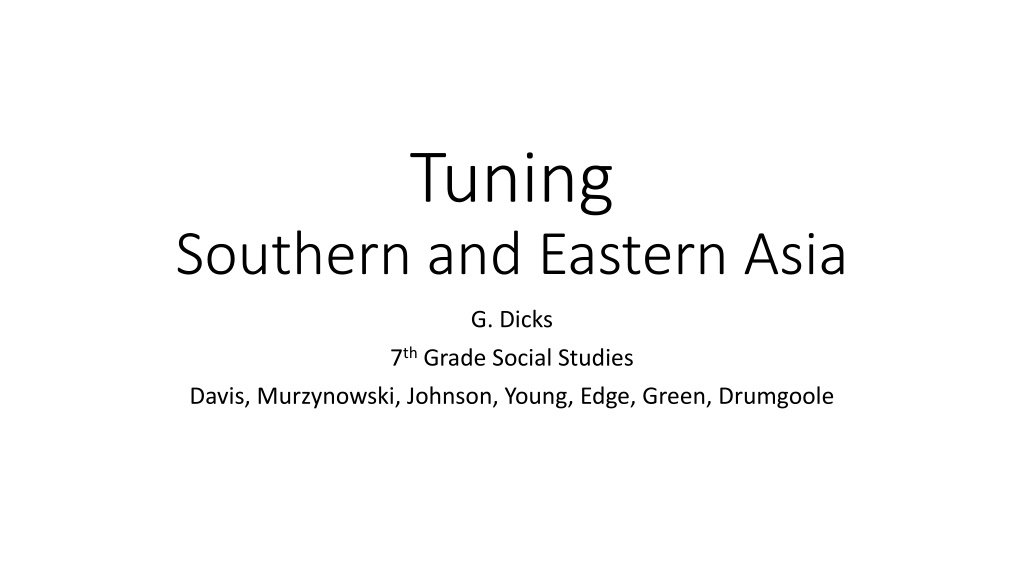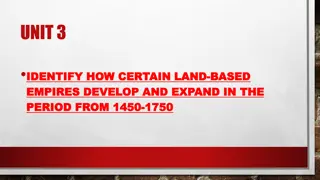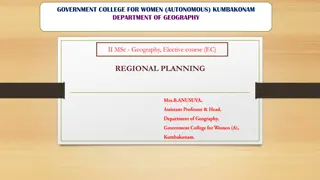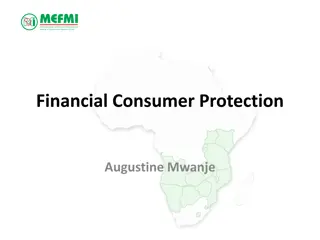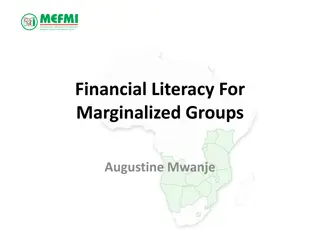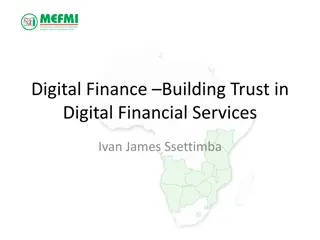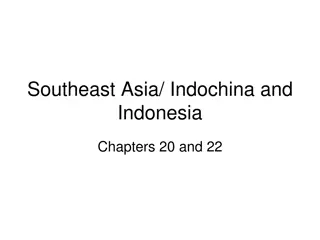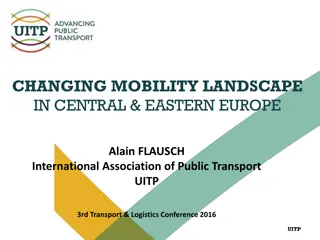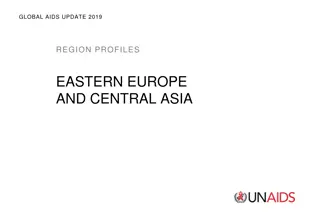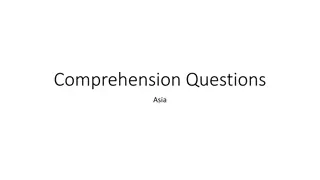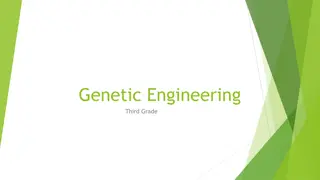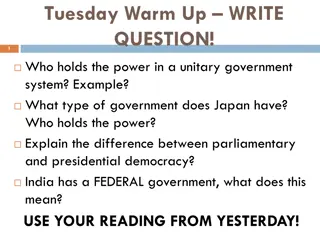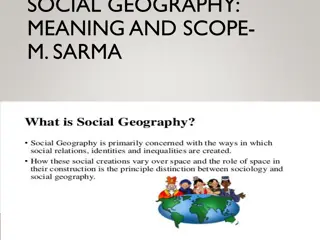Exploring Southern and Eastern Asia: Geography, History, and Cultures
Dive into the rich tapestry of Southern and Eastern Asia through an educational journey that covers geography, history, and cultural aspects. From analyzing continuity and change to understanding diverse ethnic groups and their main religions, this exploration offers a comprehensive view of this vibrant region, including key features and significant events.
Uploaded on Sep 06, 2024 | 0 Views
Download Presentation

Please find below an Image/Link to download the presentation.
The content on the website is provided AS IS for your information and personal use only. It may not be sold, licensed, or shared on other websites without obtaining consent from the author. Download presentation by click this link. If you encounter any issues during the download, it is possible that the publisher has removed the file from their server.
E N D
Presentation Transcript
Tuning Southern and Eastern Asia G. Dicks 7thGrade Social Studies Davis, Murzynowski, Johnson, Young, Edge, Green, Drumgoole
Standards SS7H3 Analyze continuity and change in Southern and Eastern Asia. SS7CG4 Compare and contrast various forms of government. SS7G9 Locate selected features in Southern and Eastern Asia. SS7G10 Explain the impact of environmental issues across Southern and Eastern Asia. SS7G11 Explain the impact of location, climate, physical characteristics, distribution of natural resources, and population distribution on Southern and Eastern Asia. SS7G12 Analyze the diverse cultural characteristics of the people who live in Southern and Eastern Asia.
Extended Learning Chapter 12: Geography and History of Southern and Eastern Asia Section 1 Physical Features of Asia, Section 2 Comparing Religions Section 3 Major Historical Events Chapter 13 People s Republic of China Section 1 Physical Geography and Environment Section 2 A Brief History of China Section 3 Government and Voting Section 4 China s GDP (Gross Domestic Product) and Economy Chapter 14 Republic of India Geography of India Indian History Government of India Economy of India Chapter 15 and 16 Japan and Korea
Work Define ethnic group and give 3 examples in Southern and Eastern Asia Make chart identifying compare and contrast each ethnic groups in SEA Where do they live? What are the main religions practiced by each? Identify the main religion practiced in SEA? Make chart, Venn diagram, Acrostic, complete map: Geography of SEA -use textbook online (instructions can be requested from teacher), view images complete photography analysis, complete workbook, write summary, list and discuss 5 key ideas from images Arts infusion --- POETRY, ILLUSTRATIONS
Peoples Republic of China Chapter 13 Section 1 - The Geography of China p. 340 Locate the following on a world and regional map: Ganges River, Huang He (Yellow River), Chang Jiang (Yangtze) River, Bay of Bengal, Indian Ocean, Sea of Japan, South China Sea, Yellow Sea, Gobi Desert, Taklamakan Desert, Himalayan Mountains, and Korean Peninsula. Video:: https://www.clairmontpress.com/WS17/ws17_7_tt_full/Video/WS17_7th_China.mp4 to be used as introduction to each section https://www.youtube.com/watch?v=wMN7NLprF7A Scenery of China Monday Section 1 - The Geography of China p. 340 Opening show video of China s geography Work Students fill in rivers, countries on printed map, identify key vocabulary, complete workbook page Closing Discuss and share answers with peers and teachers Tuesday Section 2 - A Brief History of China p. 347 Opening show video history of China Work Students fill out 10 key ideas from video, identify key vocabulary, complete workbook page Closing Discuss and share answers with peers and teachers Wednesday Video: https://safeshare.tv/x/ss59fe213a9d37b China s One Child Rule Section 3 - The Government of China p. 353 Opening show video of government in China Work Students fill out 10 key ideas from video, identify key vocabulary, complete workbook page Thursday Section 4 - US-China Relations p. 362 Opening show video of China and US relations Work Students fill out 10 key ideas from video, identify key vocabulary, complete workbook page Closing Discuss and share answers with peers and teachers
Test Peoples Republic of China Chapter 13 1. Where do most people in China live? 2. Which is a result of air pollution in China? 3. Describe a process of water pollution in the Chang Jiang. 4. How was Mao Dong similar to George Washington? 5. Tiananmen Square protests differed from the Cultural Revolution. Explain how they were different 6. What was an effect of the Great Leap Forward in China in the 1950s? 7. Describe the system of government in China today.
Test Chapter 13 China 8. What is China s largest religion? 9. What type of economy does China have? 10. What was the purpose of the Great Leap Forward?
